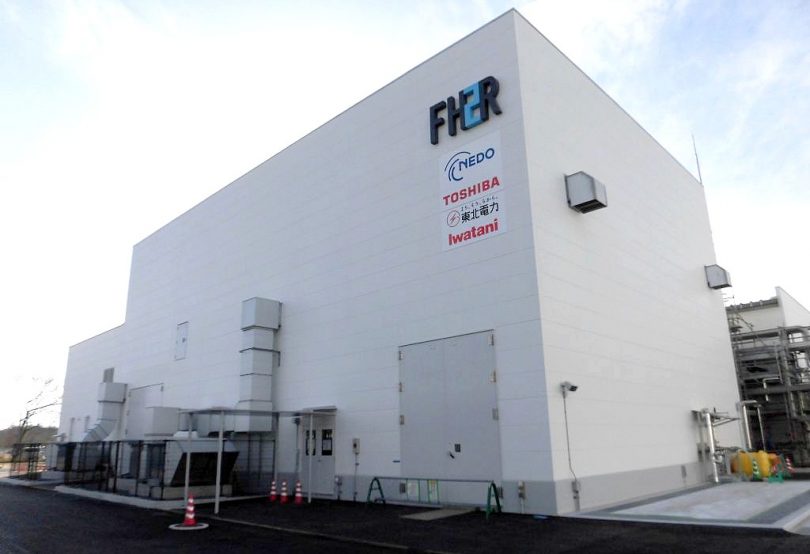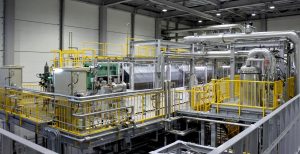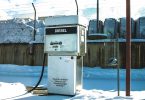[Asahi Kasei] – The Japanese technology company Asahi Kasei is taking the next major step towards becoming a provider of large-scale alkaline-water electrolysis systems for the production of green hydrogen.
In March 2020, the company started the operation of its 10 Megawatt (MW) single-stack alkaline-water electrolysis system at the Fukushima Energy Research Field (FH2R) in Namie, Fukushima, Japan. The “Aqualizer” is the world’s largest single-stack system, and able to produce green hydrogen at the rate of 1,200 normal cubic meter (Nm3) per hour.
Asahi Kasei received the order for the system from Toshiba Energy Systems & Solutions Corp. in 2017. The system was installed at FH2R, which opened on March 7, 2020, as a technological development project of NEDO (Japan’s New Energy and Industrial Technology Development Organization). Able to produce hydrogen at the rate of 1,200 Nm3 per hour (rated power operation), it is the world’s largestscale system comprising a single stack.
After its installation in November 2019 the hydrogen test supply operation evaluating the response to fluctuating power input began in March 2020. Its full-fledged operation at the core of FH2R is scheduled to begin in summer 2020.
One Century of Expertise in Water Electrolysis
Asahi Kasei’s expertise related to hydrogen production goes back to the company’s establishment in 1922, when it used hydroelectric power for water electrolysis to generate hydrogen for the production of ammonia. Furthermore, Asahi Kasei has been active in the field of chlor-alkali electrolysis since 1975, and today is leading one-stop provider of key components, including catalysts, electrodes and membranes.
The company is now leveraging its four decades of experience and know-how in the field of chlor-alkali electrolysis to develop an alkaline-water electrolysis system which uses excess power from renewable energy sources like solar power or wind energy for the large-scale production of green hydrogen. The system is able to adapt to fluctuating power input and therefore perfectly fits the changing needs of the energy industry in Europe. Next to demonstration projects in Herten, Germany, and Soma, Japan, the company is participating in ALIGN-CCUS, a European multi-national partner project on carbon capture, utilization and storage.
Read more about “hydrogen” and “electrolysis”






